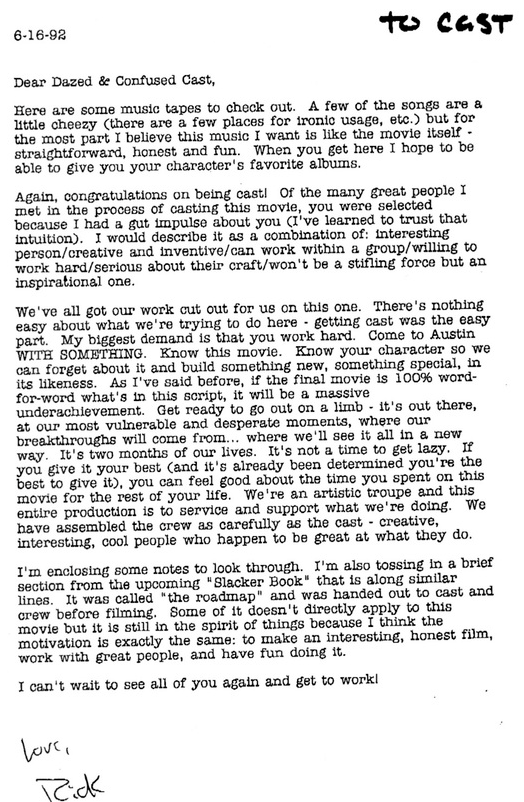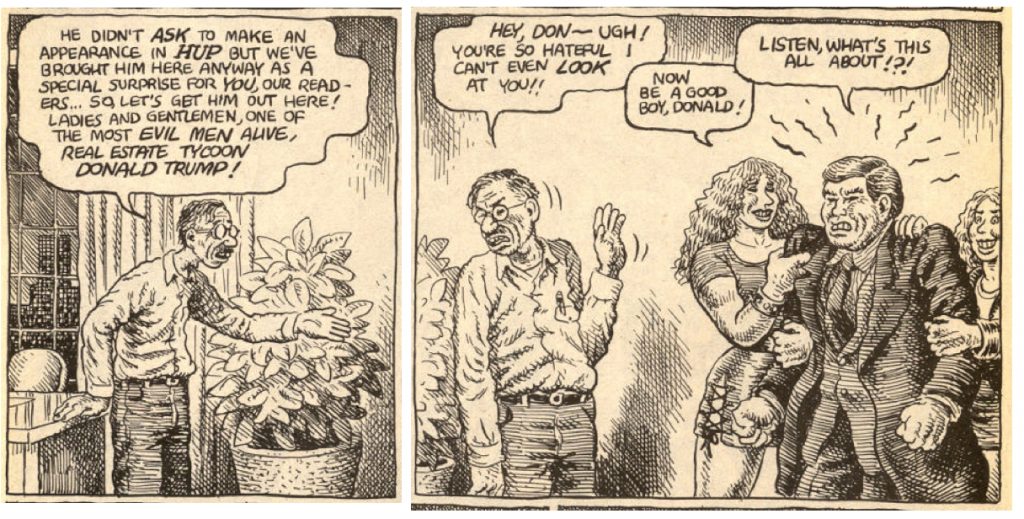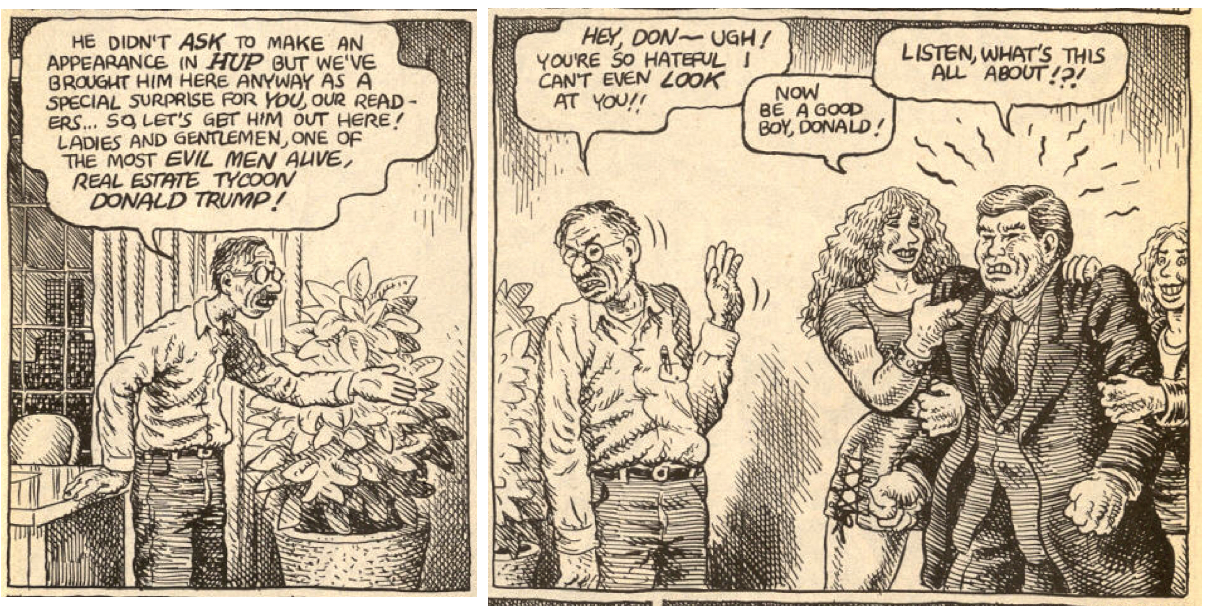My small city is still coming down from the elation of last month’s Moogfest, a three-day extravaganza of performances, workshops, seminars, films, and other activities relating to music made by the synthesizers designed and influenced by Robert Moog.
This year’s festivities included several performances from New Wave star Gary Numan; appearances by legends like Devo’s Mark Mothersbaugh, Parliament-Funkadelic’s Bernie Worrell, Negativland’s Chris Grigg, and Can’s Malcolm Moony; and tributes to recently deceased Japanese synth master Isao Tomita and British prog rock superstar Keith Emerson…. And yes, many excellent younger female artists performed and gave workshops and talks, but as a newcomer to the scene, you’d be forgiven for thinking that earlier generations of electronic musicians were almost exclusively male.
And that impression would be entirely off the mark, even if it has been reinforced again and again in retrospectives, documentaries, and popular histories. But perspectives are shifting, and we’ve tried to highlight some of the alternate histories of electronic music that document female artists’ indispensable contributions to the field.
Recent documentaries about influential BBC Radio composer and musician Delia Derbyshire, for example, have reintroduced her work to a new generation. A wider appreciation came in the form of KPFA’s “Crack O’ Dawn” program broadcasting seven hours of music by over two dozen important women composers and musicians from 1938–2014.
On the live circuit, “’all-female bills,’” writes Jennifer Lucy Allan at The Guardian, “have gained traction to address the stark gender imbalance in dance and electronic music bookings.” But “they can feel tokenist, where gender comes before talent… not so at London’s Southbank Centre next weekend: its Deep Minimalism festival presents compositions by some of electronic music’s early frontrunners, going as far back as the 1950s. They just so happen to be almost exclusively female.”
One early frontrunner, Daphne Oram, was a contemporary and colleague of Delia Derbyshire. Oram, writes Allan, “noodled with modular machines at the BBC Radiophonic Workshop in its early days, before the studio created the seminal Doctor Who theme” (largely Derbyshire’s doing). That description doesn’t do her justice. Oram was in fact a co-founder of the hugely influential Radiophonic Workshop, and her work deserves, and has begun to receive, the kind of critical re-evaluation that Derbyshire has attained recently.
The Wire magazine centered Oram’s work in a 2012 discussion, “Attack of the Radiophonic Women: How Synthesizers Cracked Music’s Glass Ceiling.” They feature much more info on Oram on their site, including a “Daphne Oram Portal” with links to articles about her sophisticated work. At the top of the post, you can hear the subtle drones, ringing, and echoes of Oram’s “Pulse Persephone,” and just above, listen to a 2008, 40-minute radio documentary on her work called “Wee Have Also Sound-Houses,” made in celebration of the Radiophonic Workshop’s 50th anniversary.
Oram has been lauded by the BBC as “the unsung pioneer of techno” and there is currently a Kickstarter campaign to republish her book, An Individual Note: Of Music, Sound and Electronics, and to “write Daphne Oram back into music history.” Oram’s book explains her philosophy of sound, which she called “Oramics.” Like many an early electronic musical pioneer, she not only created original sound designs but designed original equipment to make them—in her case, an “optical synthesizer” called the Oramics Machine (read about it here). Just above, see a clip from Atlantis Anew, a film about the Oramics Machine.
Another pioneering composer, Laurie Spiegel, is also an engineer and software designer with a long resume that includes working with synthesizer designers (and Moog competitors) Buchla and Electronic Music Laboratories. See her above in 1977 playing the Alles Machine, a very early digital synthesizer she worked on with Hal Alles at Bell Labs. Spiegel worked for Bell Labs for several years, creating one of the first computer drawing programs in the mid-70s, and she is widely known as the designer of Music Mouse, a MIDI program created for Apple in 1985.
Spiegel, writes Allan, “programmed synths before computer-based controllers were a twinkle in the techno DJ’s eye.” If her list of accomplishments as an engineer seems impressive, her contributions as a composer and musician certainly are as well. In 1977, her realization of Johannes Kepler’s 17th century composition “Harmonices Mundi” (“Harmony of the Worlds,” above) was chosen as the first musical recording on the Voyager probe’s “Golden Record,” a cultural time capsule sent into space for ears of extraterrestrials (“assuming they have ears,” writes Pitchfork in a glowing profile of Spiegel).
Spiegel has composed soundtracks for television shows and films, including a 1980 PBS adaptation of Ursula K. LeGuin’s The Lathe of Heaven. That same year, she released her acclaimed first album The Expanding Universe, now a recently re-released classic. (Hear the album’s 28-minute title track here.)
And though it isn’t included in the official chart-topping soundtrack album, Spiegel’s 1972 composition “Sediment,” just above, appears in the first Hunger Games score, a “left-field” development that Spiegel views very positively. “There are quite a few films and TV shows lately that have strong female protagonists who aren’t just co-stars to a male hero,” she told Wired, “We have yet to get to the point where we see a lot of female composers appearing in soundtrack credits, but maybe that will change.”
Perhaps it already is, very, very slowly. The work of French composer and onetime Spiegel collaborator Éliane Radigue was among the two dozen electronic, orchestral, and avant-garde pieces on the soundtrack for Alejandro Innaritu’s The Revenant, for example. Radigue began her career studying musique concrete with experimental pioneers Pierre Schaeffer and Pierre Henry in the 50s. She began making synth-based music in 1970 on a Buchla synthesizer while she shared a studio with Spiegel. “In the beginning,” says Radigue above in a documentary about her life and career, “there was a certain music that I wished to make. It was this particular music and no other.” That music—slow, droning, immersive—became religious in nature when she converted to Tibetan Buddhism.
Radigue’s Buddhist-inspired piece “Jetsun Mila” (Hear Part One above, Part Two here)—excerpted in The Revenant—is “deeply meditative,” writes Other Music’s Michael Klausman, in its “exploration of inaudible subharmonics and overtones,” which have a “way of physically changing the landscape of the room her music inhabits.”
Radigue is a fanatically patient composer, “an important, intriguing figure within the European musical avant-garde,” as Electronic Beats describes her in a 2012 interview; her “work is defined by its painstaking creation and singular methodology.” From 1970 to 2004, when she transitioned to writing acoustic music, Radigue’s work was “created exclusively on the unwieldy but brilliant ARP 2500 modular synth,” a machine inspired by Wendy Carlos’ use of Moog’s synthesizers on her Switched on Bach album.
The three women profiled above represent a small sampling of too-often-overlooked electronic composers, musicians, engineers, and theorists whose work deserves wider appreciation, not because it’s made by women, but because it’s innovative, technically brilliant, and beautiful music made by people who happen to be women.
And yet, it’s likely the case that the work of Oram, Spiegel, and Radigue flies so far under the radar because so many histories of electronic music focus almost exclusively on men. One salient example is the exclusion of Pauline Oliveros from many of those histories. “A constant presence” at the upcoming Deep Minimalism festival, Oliveros was “at the vanguard of electronics, working with tape machines,” writes Tom Service, and she “collaborated with Terry Riley… and Morton Subtonick,” as well as Steve Reich, all very well-known experimental composers.
She also happened to be a “friend, colleague, and performer of John Cage and his music.” Oliveros’ philosophy of “Deep Listening” had a profound influence on Cage and many others, but her name rarely comes up in discussions of experimental, improvisatory minimalist music. (Cultural theorist Tracy McMullen has her own theory about Oliveros’ obscurity relative to Cage.) You can see Oliveros describe her philosophy in the TED talk further up, listen to her early, 1965 composition “Mnemonics III” just above, and learn much more about her fascinating life and work in Service’s Guardian profile.
Related Content:
Two Documentaries Introduce Delia Derbyshire, the Pioneer in Electronic Music
Hear Seven Hours of Women Making Electronic Music (1938- 2014)
The History of Electronic Music in 476 Tracks (1937–2001)
The History of Electronic Music, 1800–2015: Free Web Project Catalogues the Theremin, Fairlight & Other Instruments That Revolutionized Music
The Mastermind of Devo, Mark Mothersbaugh, Shows Off His Synthesizer Collection
Josh Jones is a writer and musician based in Durham, NC. Follow him at @jdmagness





